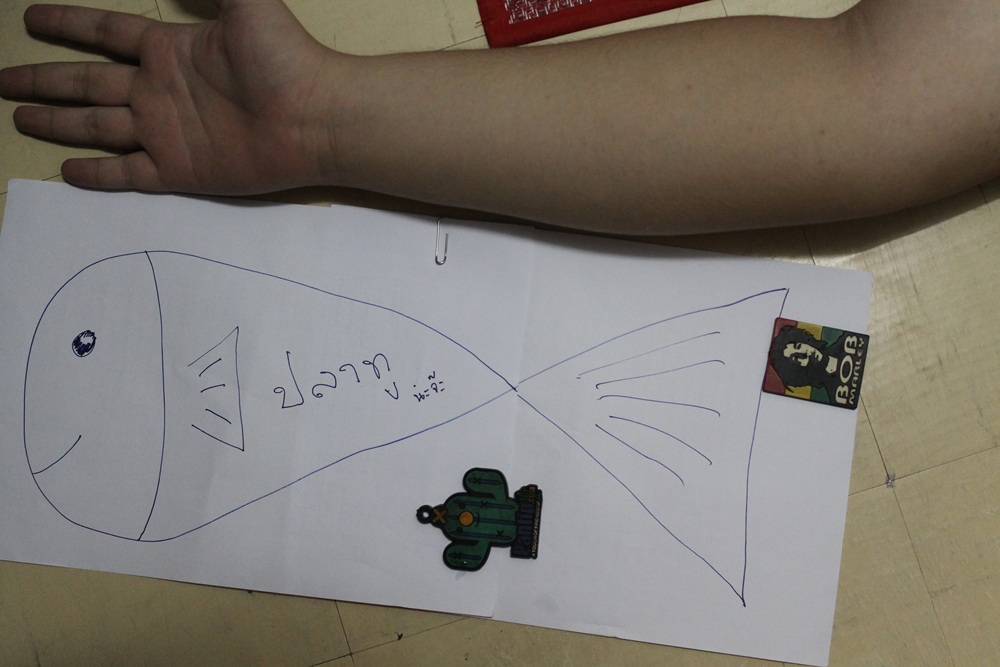 |
Methods of chilling at sea
There are other ways of chilling besides using ice. Fish can be immersed in chilled water or can be exposed to cold blowing air. Seawater, cooled mechanically (RSW-refrigerated seawater) or by the addition of ice (CSW-chilled seawater) is a suitable alternative to rapidly chill large quantities of small pelagic fish (Graham et al. 1992).
Most common chilling methods used at sea are:
i) Icing the fish (flake ice or tube ice)
ii) Fish stored in liquid ice
iii) Refrigerated seawater (RSW)
iv) Chilled seawater (CSW)
2.4.1 Using ice (Flake ice or tube ice)
Ice made from fresh water has played a major role in the chilling fish on board. The ice is placed above and below the fish. The amount of ice required depends on the amount of fish to be chilled. The possible chilling by of the ice depends on the melting temperature of the ice. Therefore, the mass of the ice will control the potential cooling performance. Fish that is completely surrounded by melting freshwater ice will be chilled to about 0?C. Fish temperature slightly below 0?C can be achieved by adding salt to the water, lowering the melting point of the ice. Using ice alone, however, the fish temperature cannot be reduced to the point at which freezing begins, between 1 to 2?C. Each fish should be in constant contact with melting ice so that fish temperature is reduced as quickly as possible and maintained as low as possible. The melting rate of ice is higher when the fish are warmer or in warmer climates (Graham et al. 1992). For higher fish temperature an increased amount of ice must be used.
UNU-Fisheries Training Programme 8
bin Hassan
2.4.2 Liquid ice
Liquid ice is one of the cooling media used for chilling the catch or products, at sea or on shore. Micro-crystals in liquid ice enable quick cooling and can maintain a low temperature for a long time. It is made from a mixture of water and salt (approximately 3% concentration of NaCl of mass volume). Micro-crystals in liquid ice are often as small as 1/10 of the size of regular ice crystals. Today, liquid ice is a more practical and convenient cooling method compared to the other methods. Advantages of liquid ice are a faster cooling rate, no additional handling of the catch is needed, and longer storage time (Iskerfi pers. comm.). The disadvantage of using liquid ice is that heavy salt penetration into fish muscle can occur for fish stored in liquid ice over a period of time.
2.4.3 Refrigerated Seawater
Refrigerated seawater (RSW) is generally used when a mechanical refrigeration unit cools the water from seawater temperature down to below 0?C (Graham et al. 1992). In some cases, brine of about the same salinity as seawater is used. RSW has and will not displace the usage of ice, but it has been used as a cooling medium for certain species of fish, especially pelagic fish.
The main advantages of using RSW have been greater speed of cooling, reduced pressure on the fish, low holding temperature and suitable for large quantities of fish.
The penetration of salt (NaCl) into the fish muscle discourages the use of RWS in many fisheries. The amount of salt that penetrates the fish depends mainly on size and species of fish. The amount of salt taken up by the fish cannot exceed 1% by weight, and the ratio of fish to seawater of should be
4:1. The RSW system has been used for sardine, salmon, halibut, menhaden, shrimp, mackerel, herring, blue whiting and capelin (Graham et al. 1992). In Iceland, the standard limit of salt content for fishmeal production is 0.7% but for fish food production, the limit is about 2% (Arason pers. comm.).
RSW systems can be used for various species and some of the more successful commercial applications are:
i) Salmon: The method has been used for storing and transporting large quantities of salmon prior to processing into a canned product. In this application salt uptake is relatively unimportant and the ease of handling, usually by brining, gives the system an advantage over iced storage.
ii) Industrial fish: Industrial fish such as menhaden are chilled in RSW system to maintain the quality until such time as they are unloaded for processing into fishmeal. Previously, the fish was processed within a day of capture, but longer trips have made it necessary to cool the fish in order to keep it firm and suitable for processing (Graham et al. 1992).
iii) Purse seine fishing vessels use RSW systems for chilling catch, mainly of pelagic fish. Unlike drifters, who bring the catch sl:-) on board, purse seines catches large quantities, which require quick handling and chilling. The fish is therefore pumped or brailed from the net direct into RSW tanks.
UNU-Fisheries Training Programme 9
bin Hassan
iv) Large freezer and factory trawlers: RSW systems are often used on freezer and factory trawlers when a delay between catching and processing is likely. Fish stored in bulk and not refrigerated between catching and processing will deteriorate quickly, especially in warmer climates (Graham et al. 1992)
RSW systems have been successfully used:
i) Where the disadvantages of salt uptake are not important, so comparatively long periods of storage are possible.
ii) For chilling industrial fish to allow longer trips, improve handling and reduce losses.
iii) For bulk chilling on fishing vessels which have to handle large quantities of fish quickly.
iv) For bulk chilling fish prior to processing, without the need for excessive handling.
The above applications cover a wide range of circumstances. A prior investigation of all the factors should be made for commercial application (Graham et al. 1992).
2.4.4 Chilled Seawater (CSW)
Seawater when mixed with ice and fluid, which temperature is lowered down to 1?C is known as, chilled seawater or CSW. Seawater is chosen to be used in this cooling method because of its characteristic due to high salt content. The advantages of CSW, are that the catch can be cooled rapidly, process of loading and unloading is easy and less affected by handling (being crushed and bruised) (Torry 2001). Other advantages are effective washing and a tendency to firm the flesh of the fish, which can aid further processing. Disadvantages of the method are as some species, herring for example, keep as well or better in CSW than in ice for 3-4 days but thereafter spoil quickly. Some species take up unacceptable amounts of water and salt when kept in seawater. Other species, capelin for example, are reported to keep better in ice even during the first few days. For these reasons the method is usually confined to short term storage of particular species that are caught in large quantities within in a short period of time, for example herring, mackerel, sprats and blue whiting in UK fishery, particularly since these fish are usually too small and numerous for gutting or sorting for size (Torry 2001). On larger vessels, because of large quantity of ice required, the size of the tank and the difficulty of making a homogenous ice/water mixture, CSW is not commonly used (Burt et al.1992).
| จากคุณ |
:
TinyNu   
|
| เขียนเมื่อ |
:
31 ส.ค. 54 14:11:10
|
|
|
|
 |

 ผมขอใช้สิทธิที่ถูก คุณ ตะโก คอยป่วนกระทู้
ผมขอใช้สิทธิที่ถูก คุณ ตะโก คอยป่วนกระทู้ 












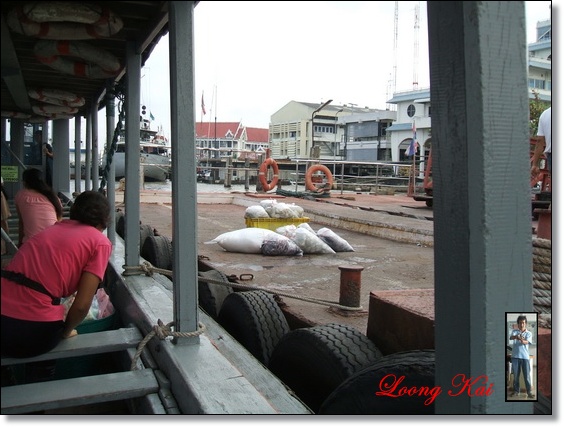


 ถ้าไม่อยากไปดูของจริง ดู "เรืออวนดำ"
ถ้าไม่อยากไปดูของจริง ดู "เรืออวนดำ"  ย้อนกลับไปดู คห. 103
ย้อนกลับไปดู คห. 103  ที่ ตะโก มั่วเป็นตุเป็นตะ นี่นะ คือ การ ดองน้ำแข็ง
ที่ ตะโก มั่วเป็นตุเป็นตะ นี่นะ คือ การ ดองน้ำแข็ง 

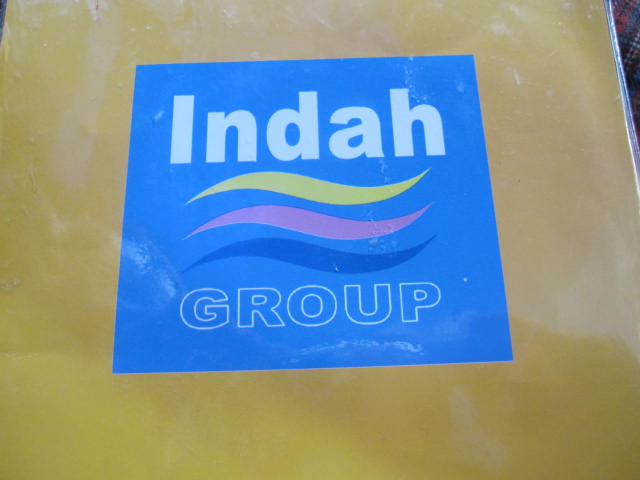
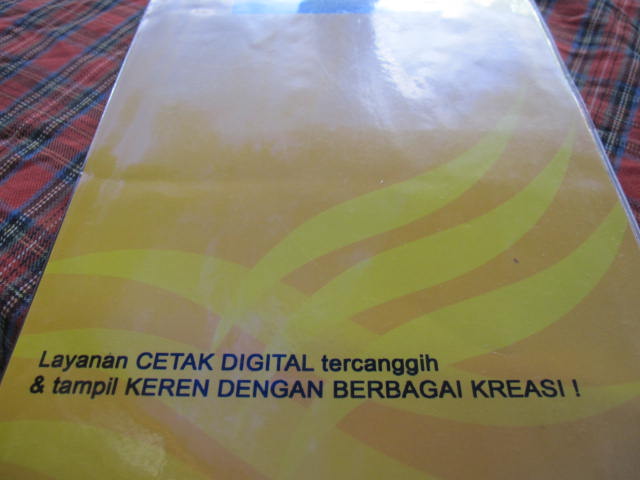
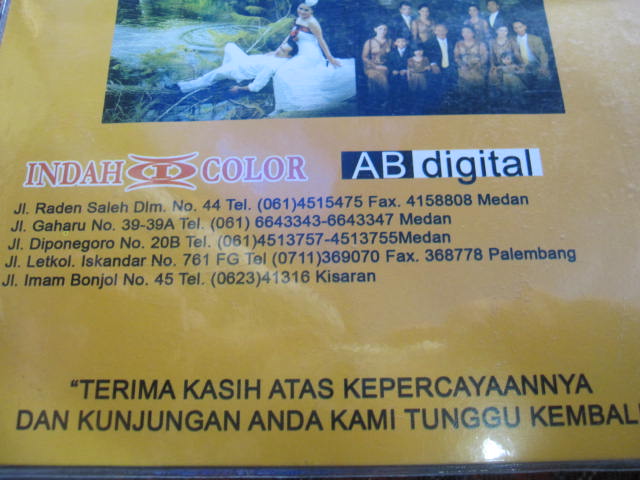
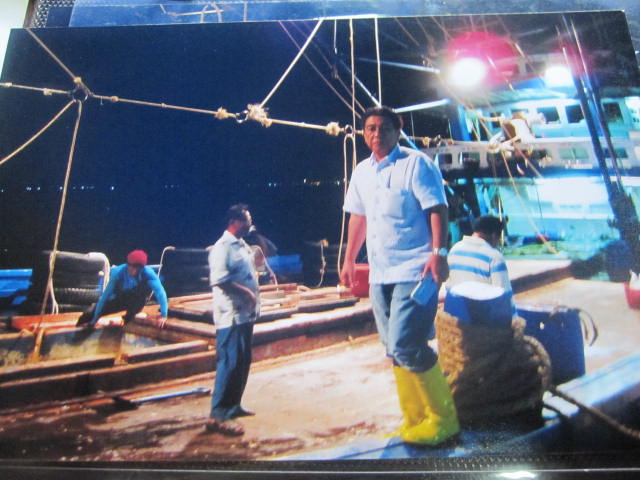
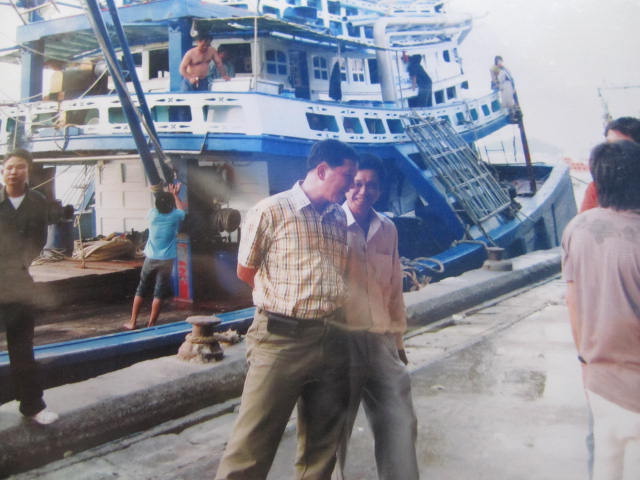
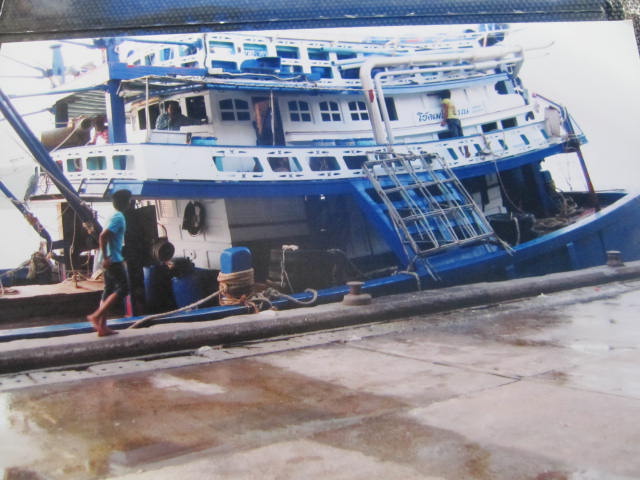
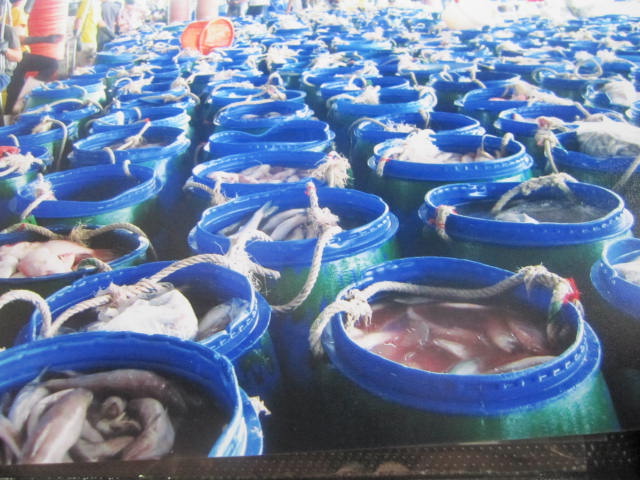
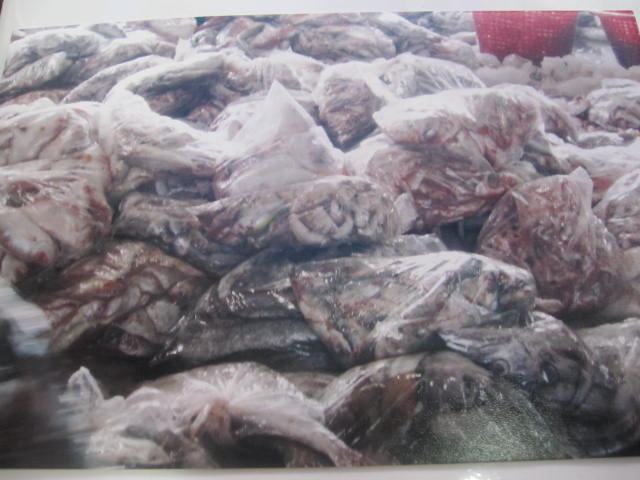
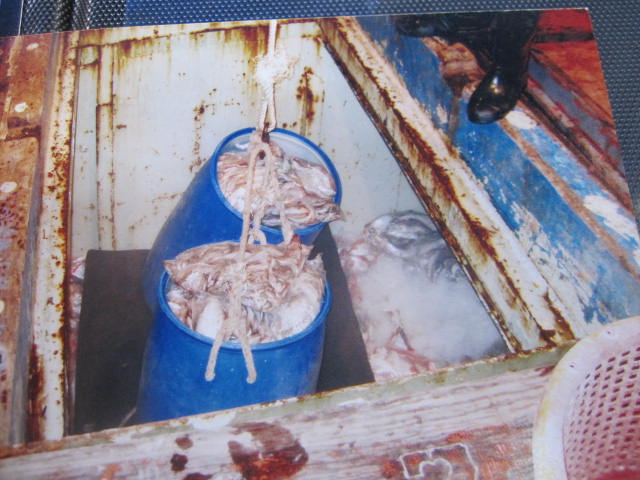
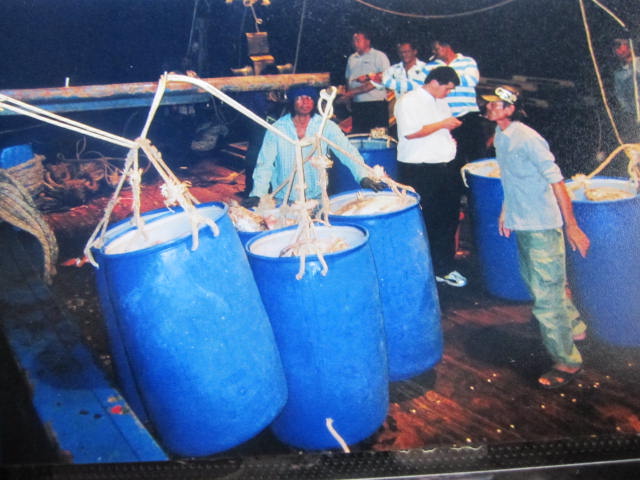
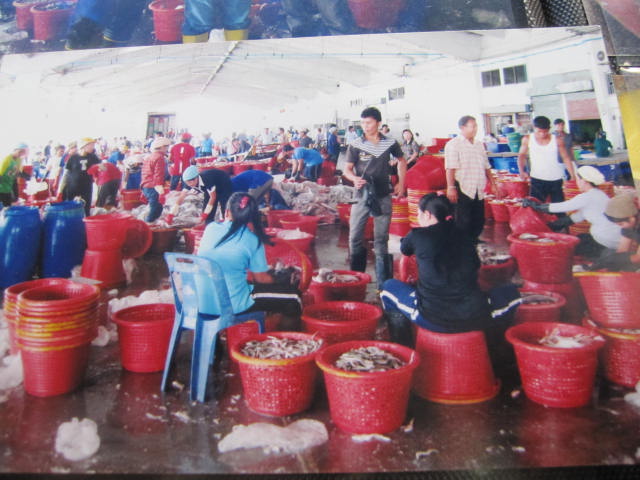
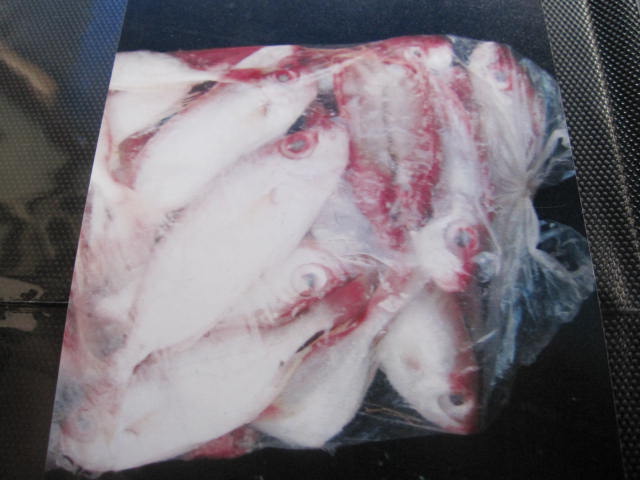
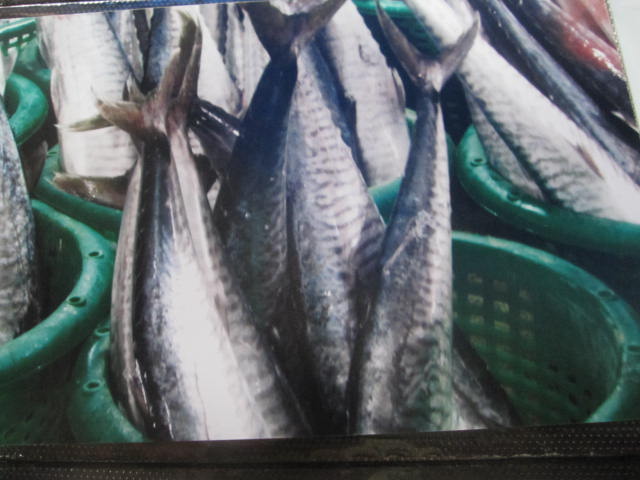
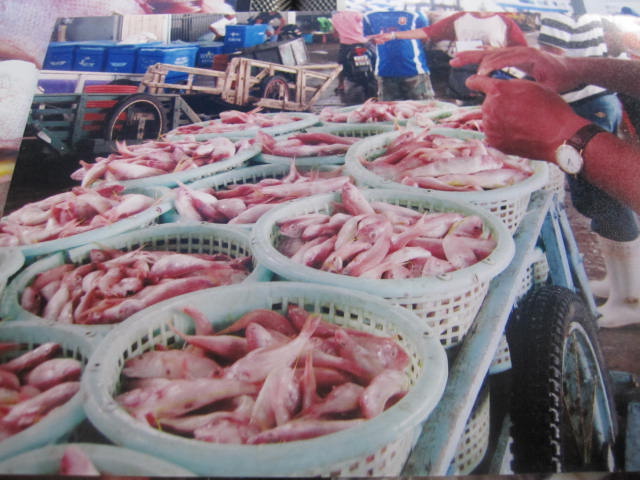

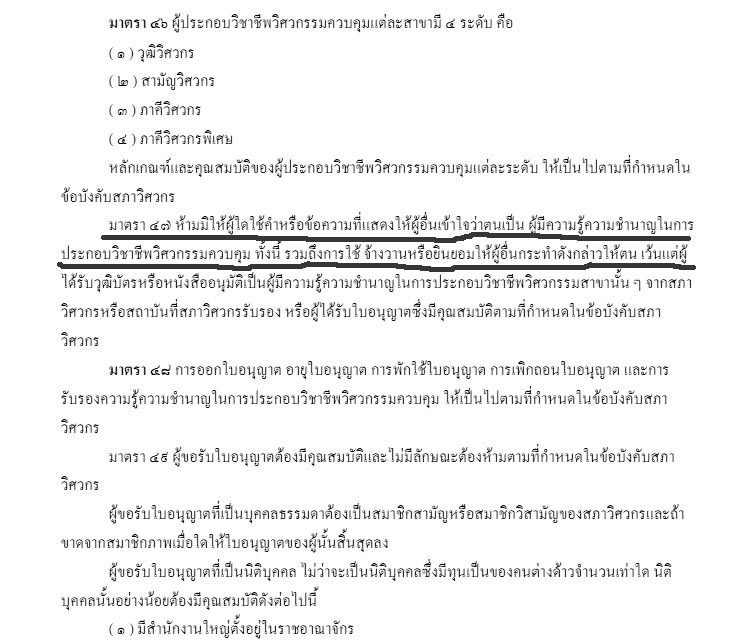



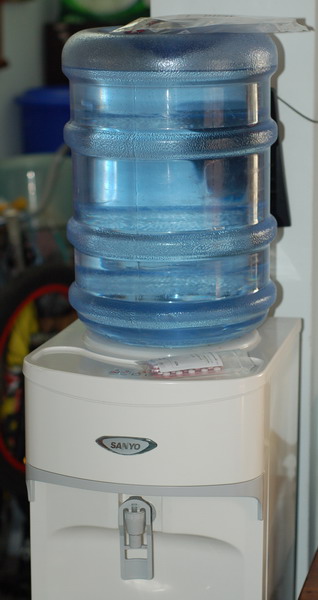

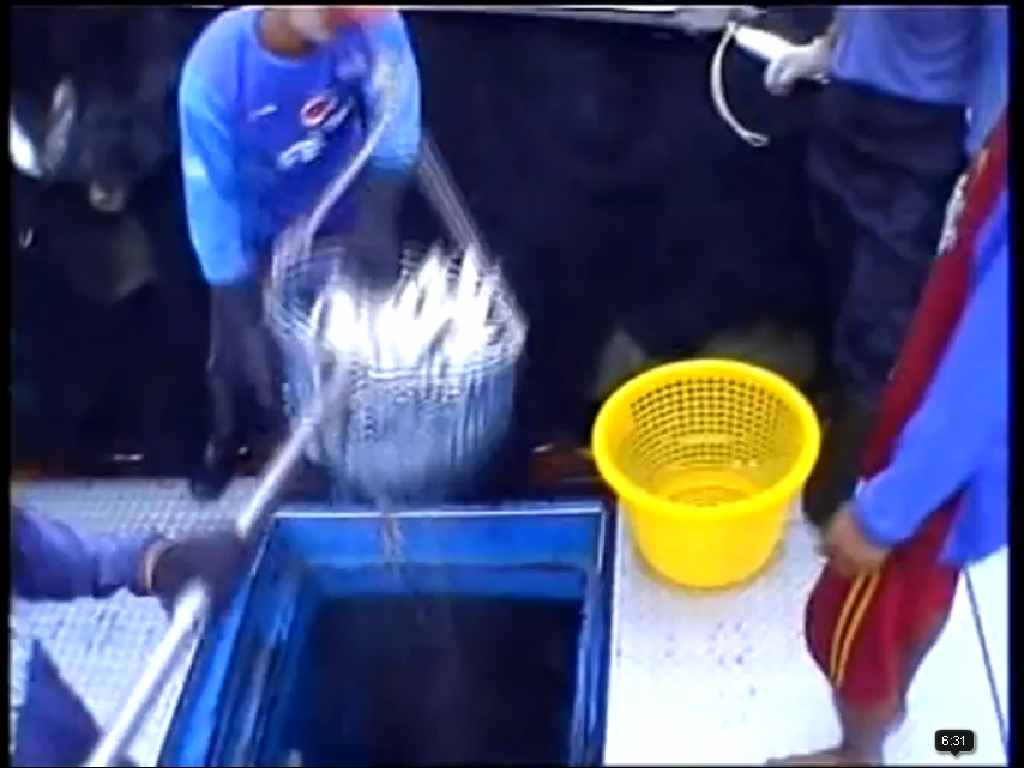
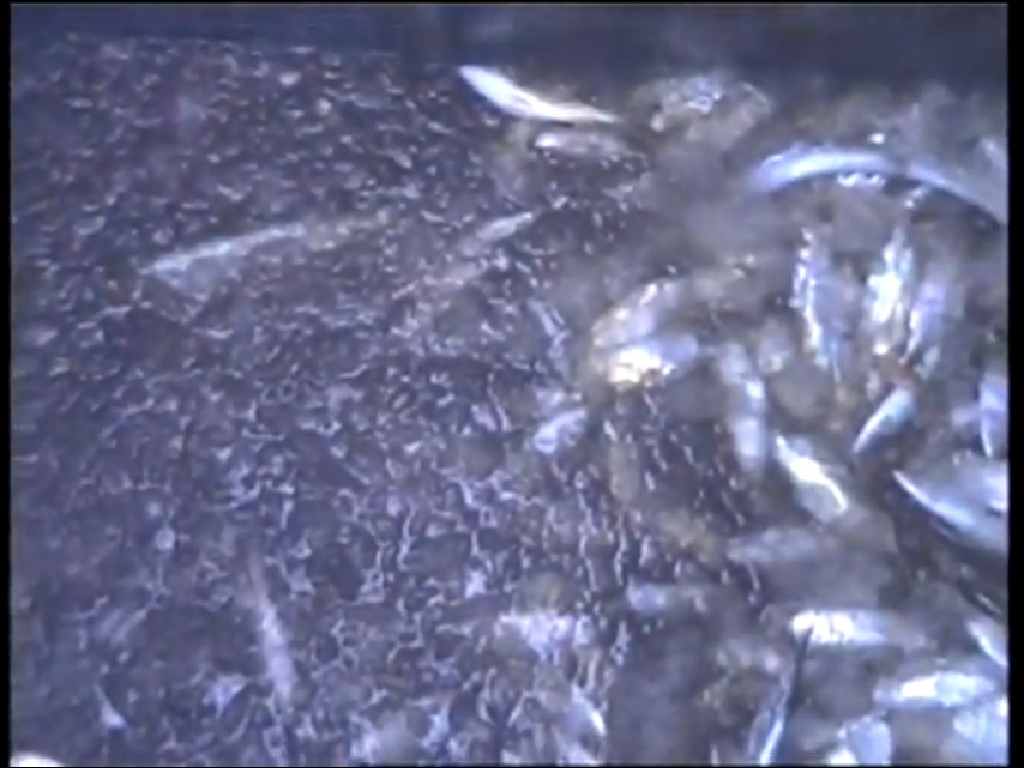
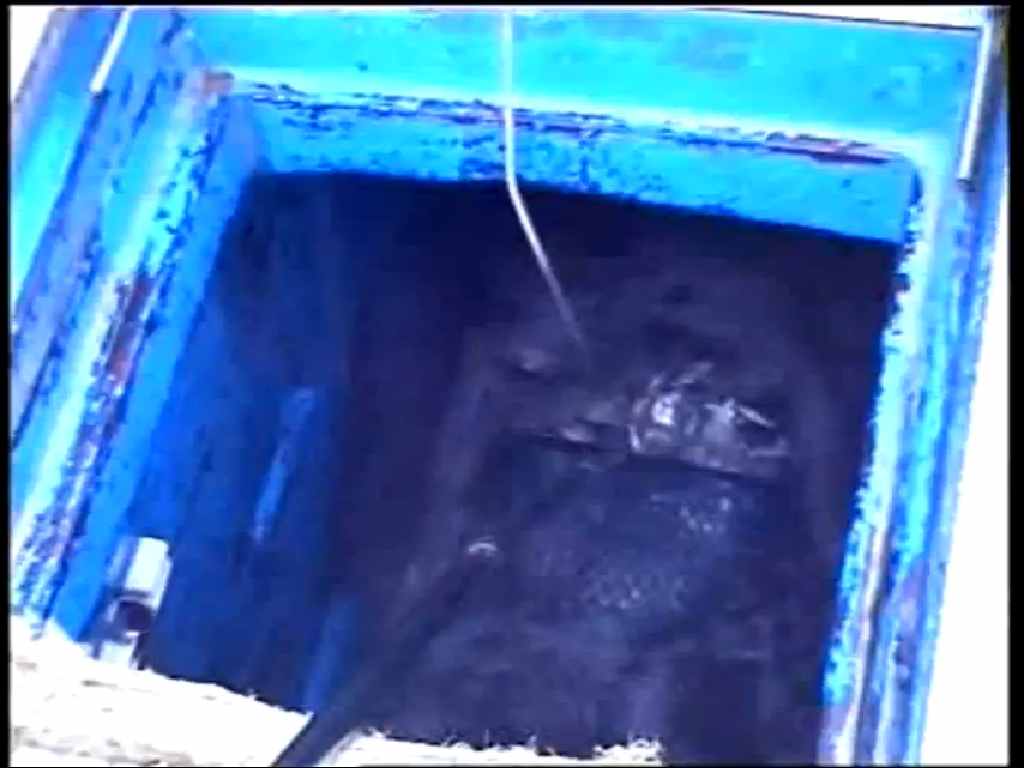
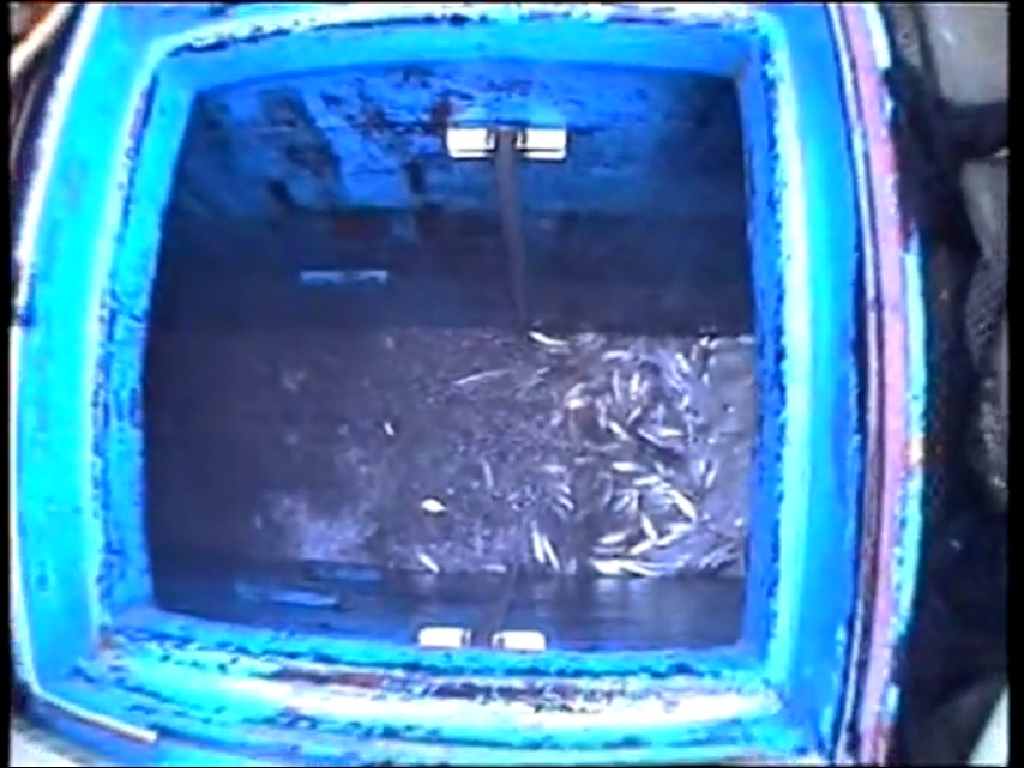
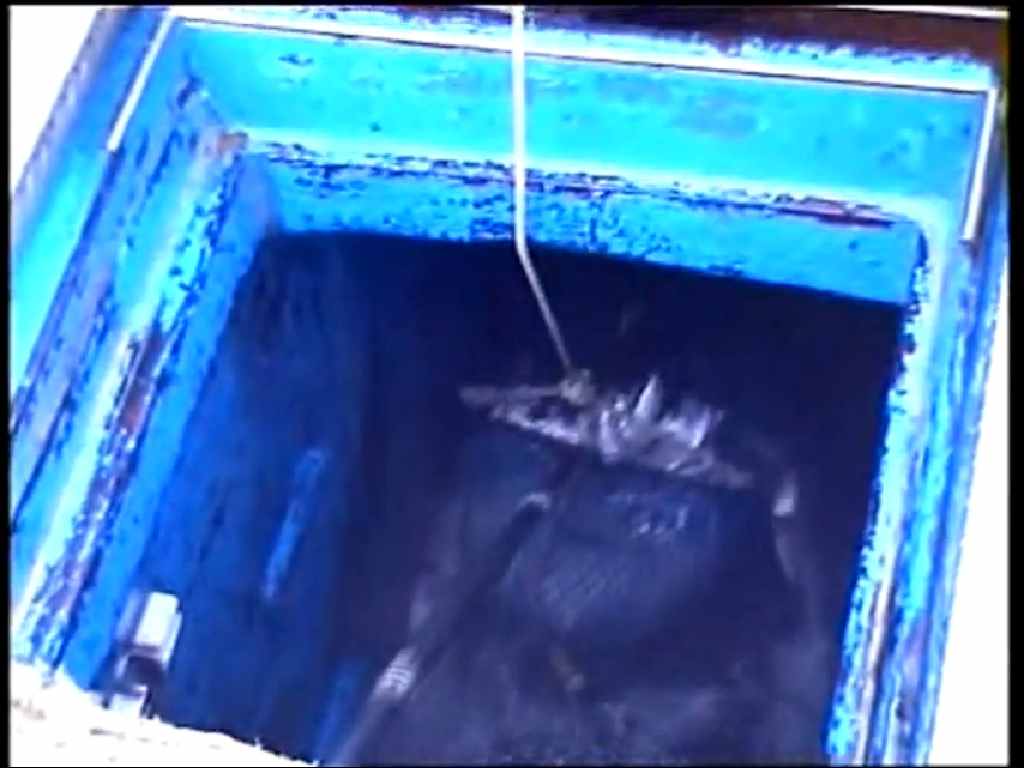
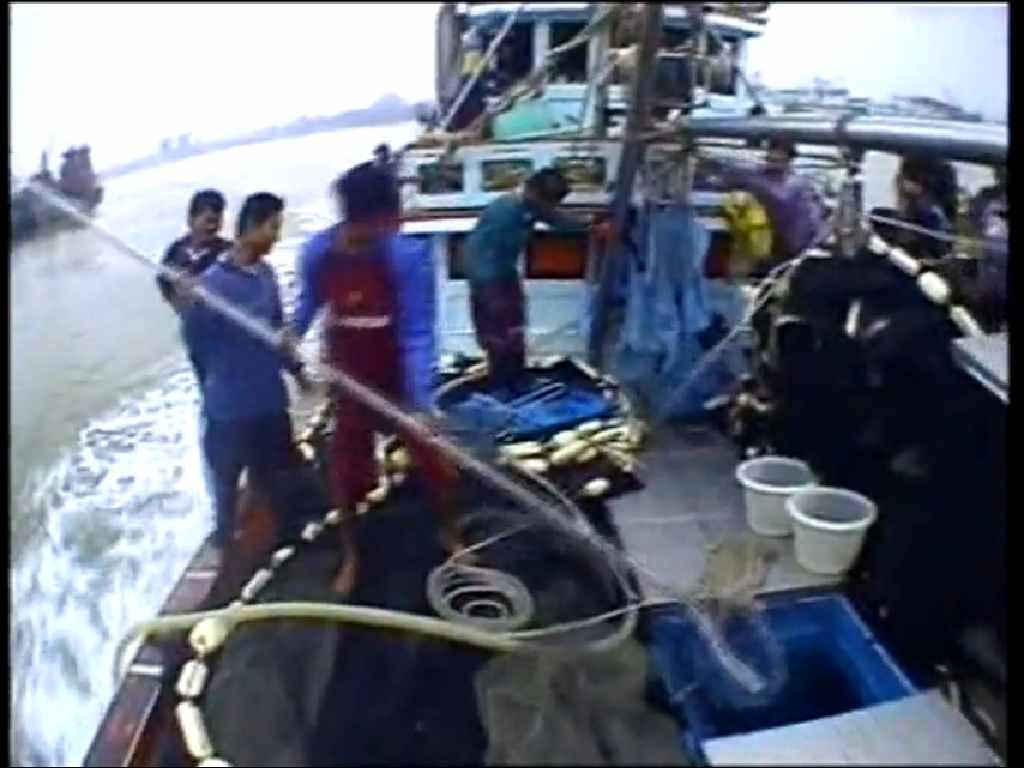
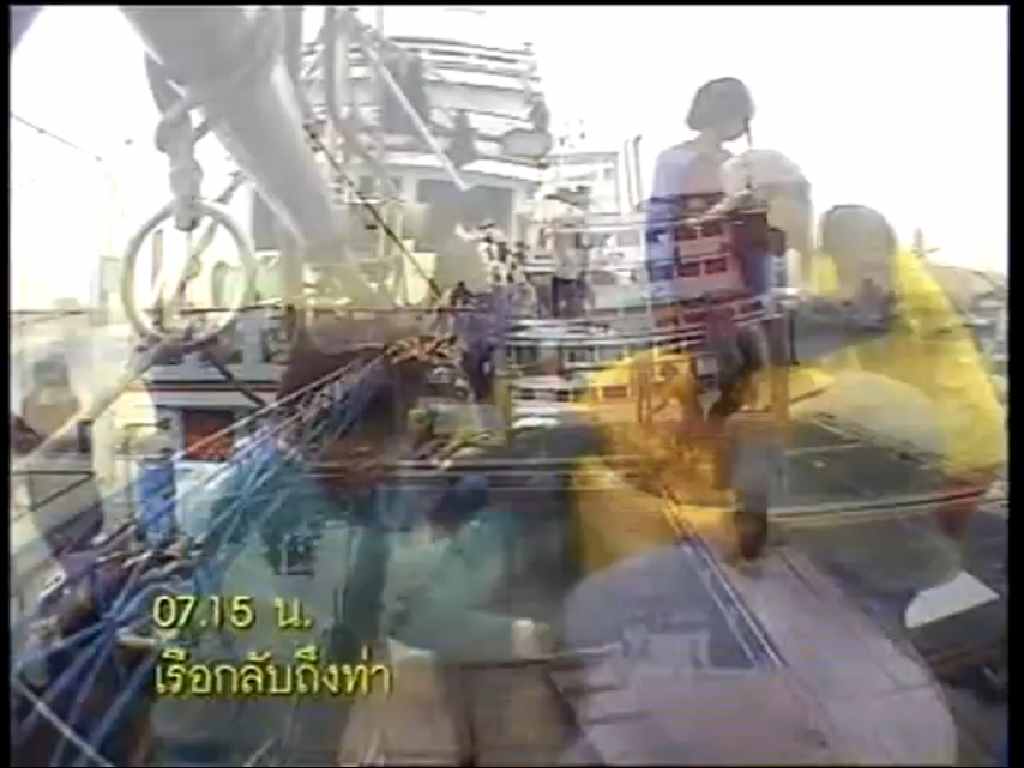
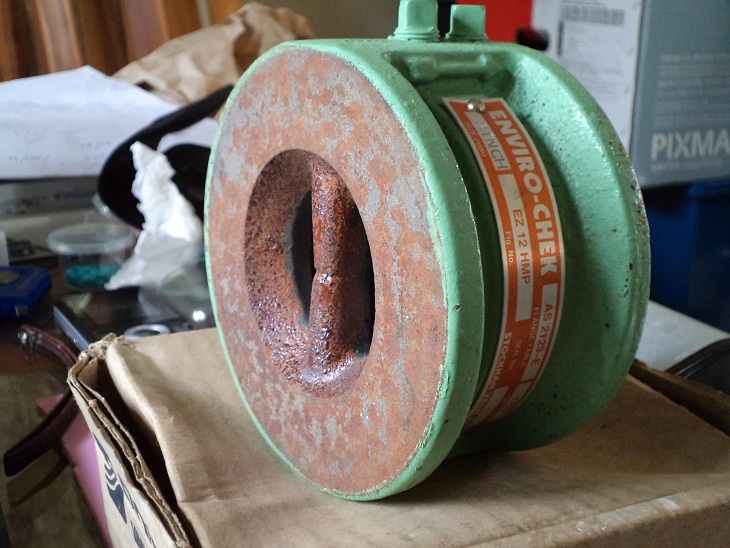
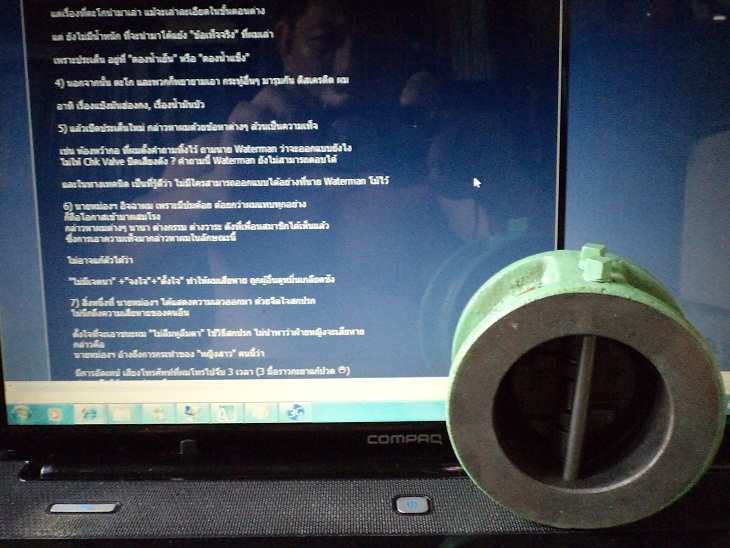
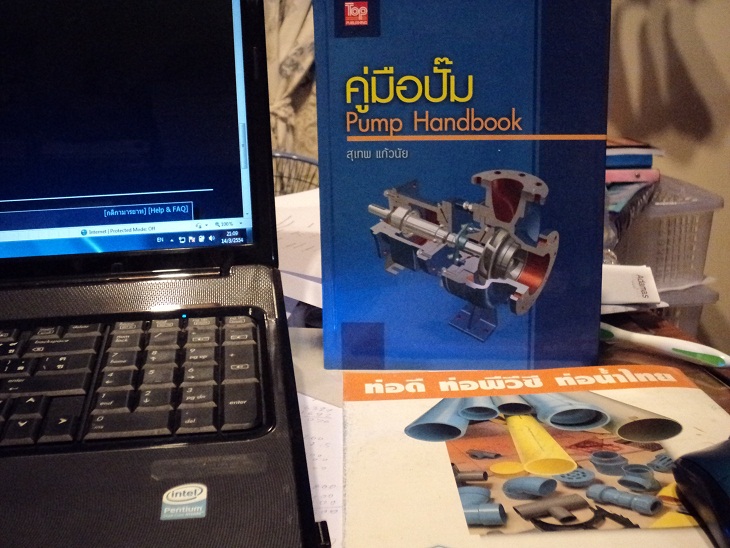
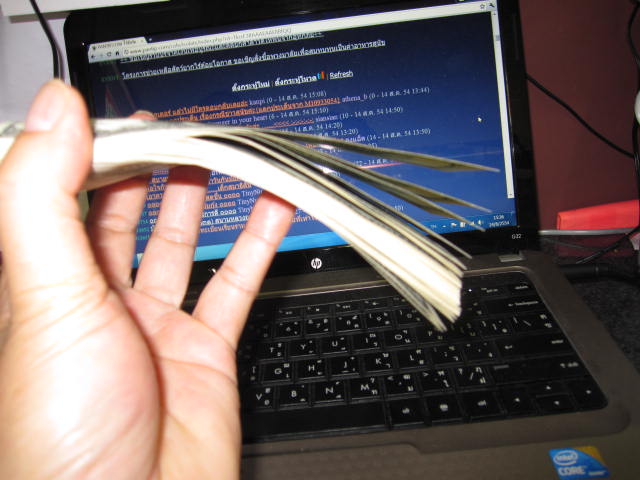
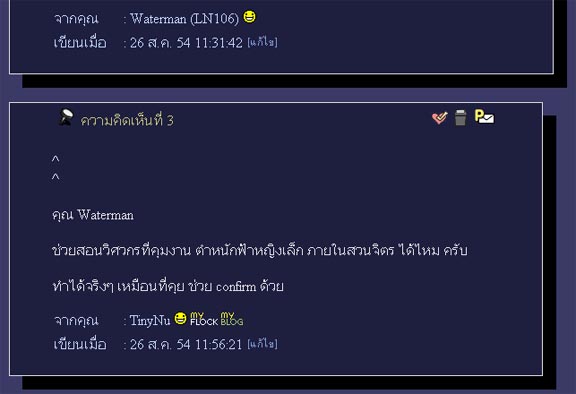





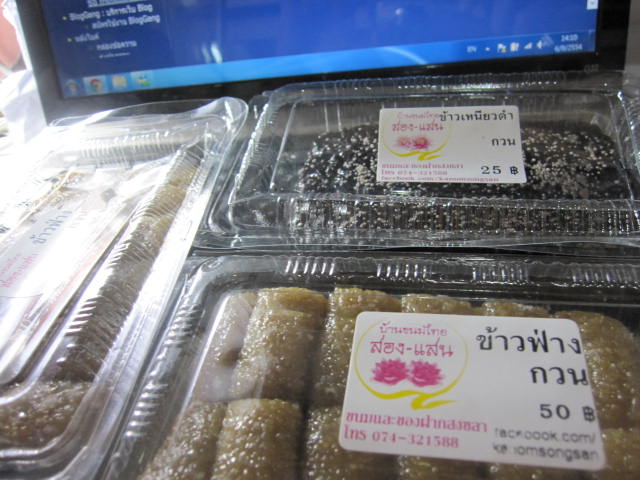
 ผิดกฏพันทิป
ผิดกฏพันทิป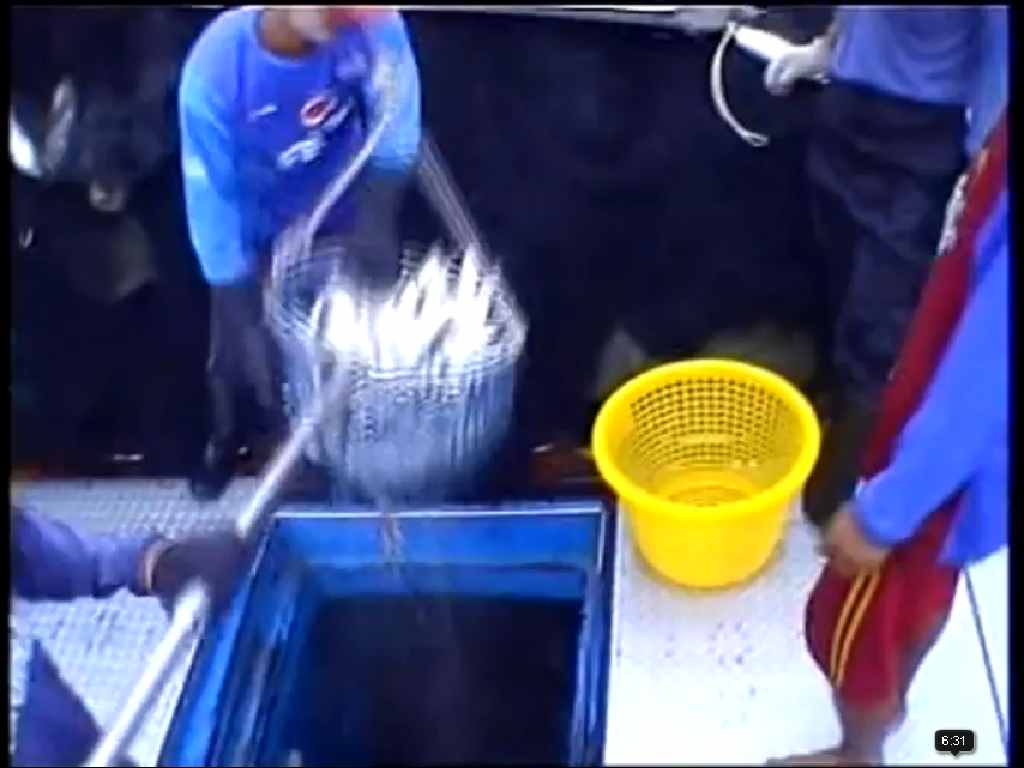
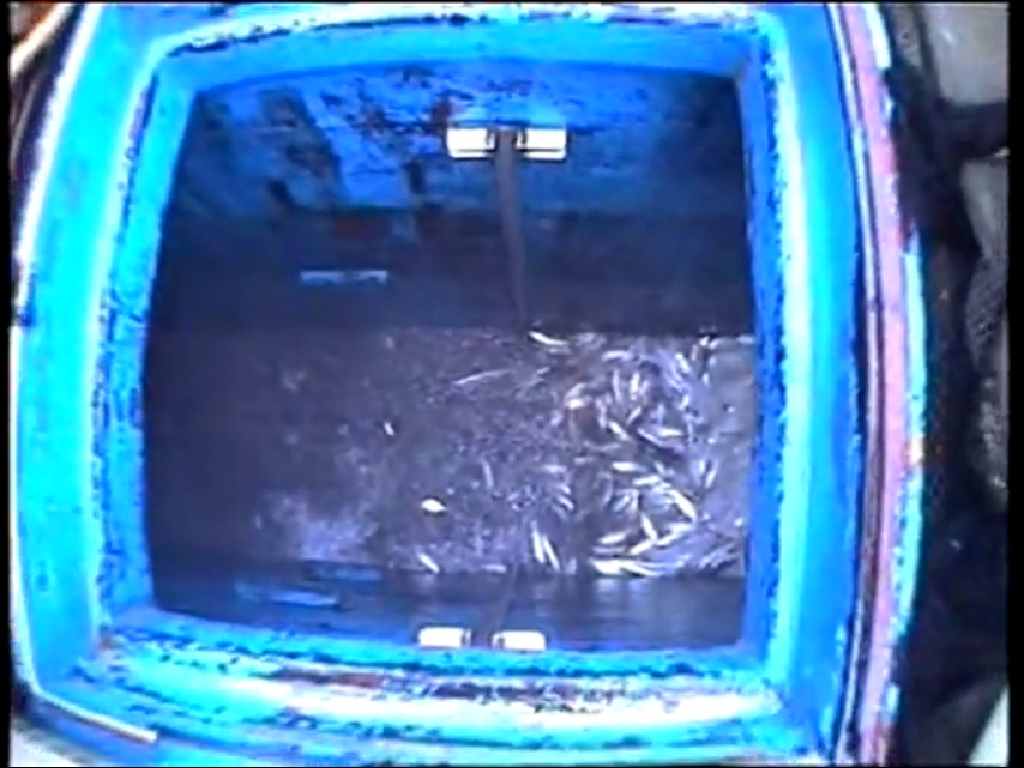
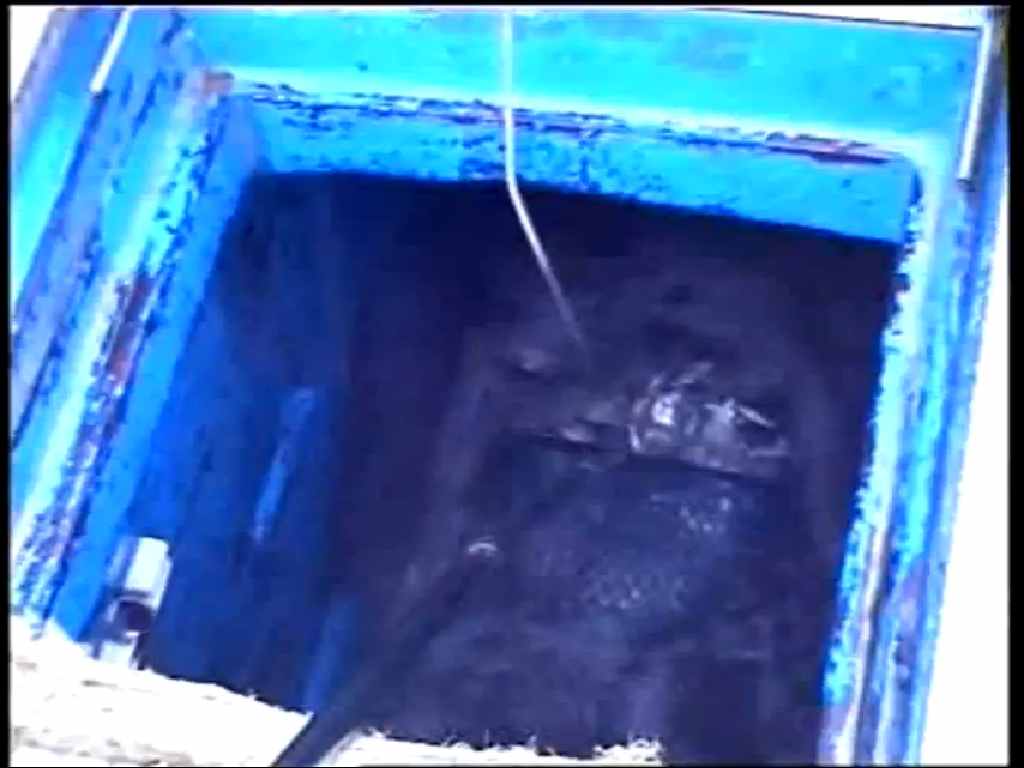
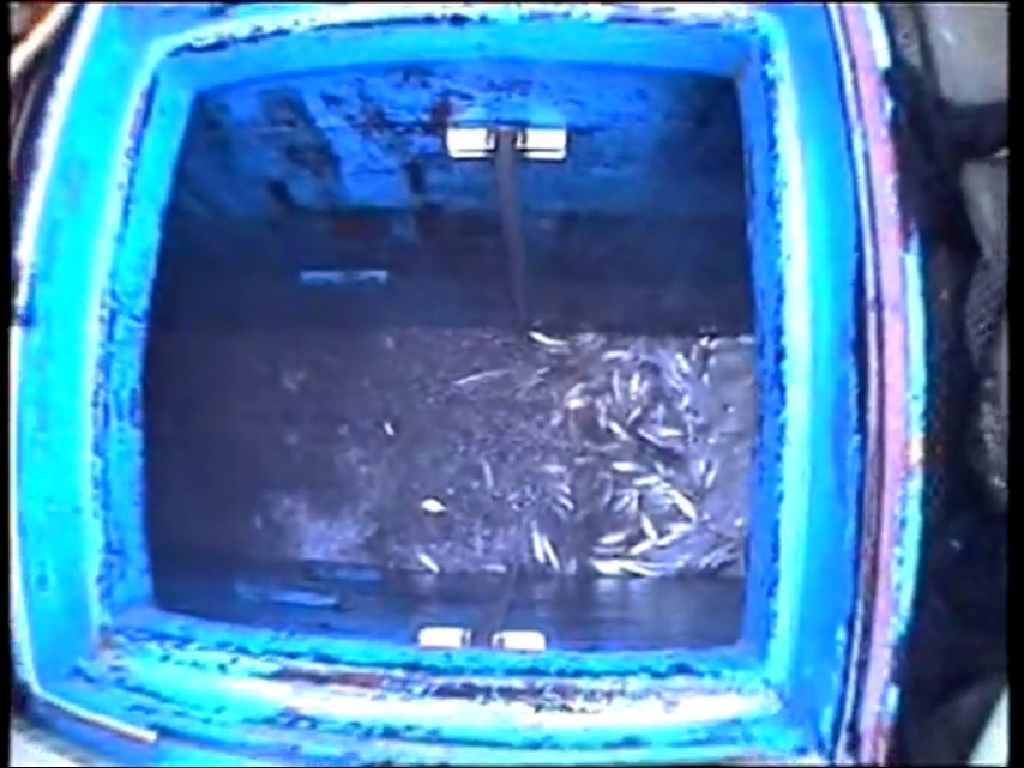
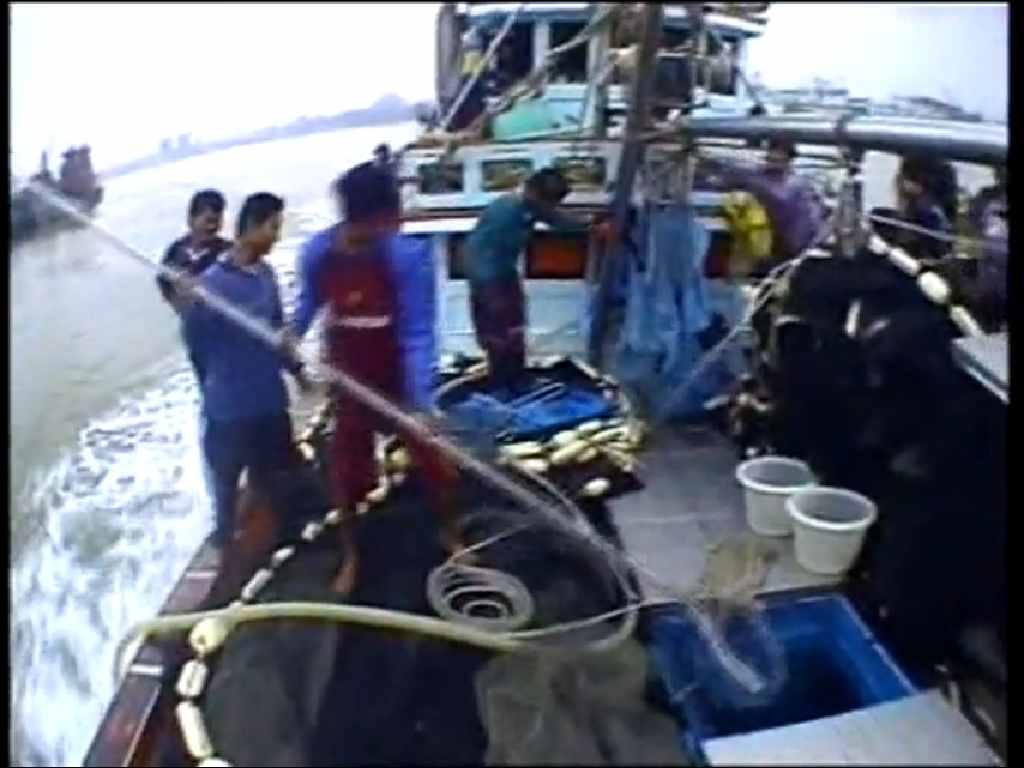
 ตะโก พูดว่า "ปลาพองน้ำ" แสดงให้เห็นว่า ตะโก ไม่รู้จักวิธี "ดองน้ำ"
ตะโก พูดว่า "ปลาพองน้ำ" แสดงให้เห็นว่า ตะโก ไม่รู้จักวิธี "ดองน้ำ"



